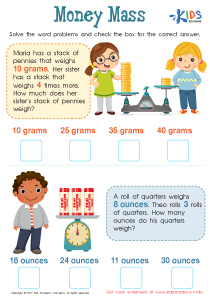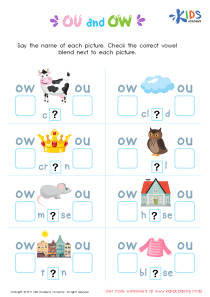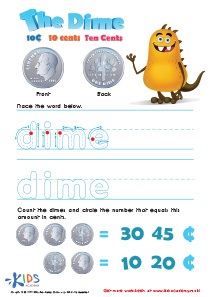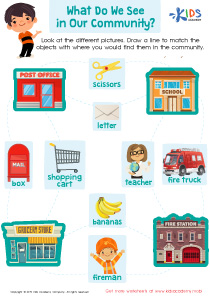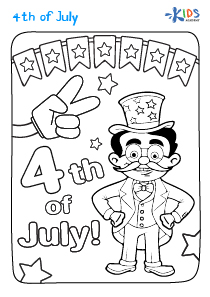Foundational Reading Lessons | Long and Short Vowels, Grade 1
0 results
Looking for a fun and engaging way to teach your Grade 1 students about Long and Short Vowels? Look no further than our Long and Short Vowels Lessons! Our interactive worksheets and educational videos make learning about vowels more engaging and entertaining than ever before. With a variety of assessment quizzes to help measure progress, our Long and Short Vowels Lessons are the perfect resource for any teacher looking to help their students become more confident readers and writers. So why wait? Start exploring our Long and Short Vowels Lessons today and give your students the tools they need to succeed!
Long and Short Vowels Lessons can be very helpful to children in their studies, especially in Grade 1 where students are just starting to learn how to read and spell. These lessons usually consist of interactive worksheets that provide kids with a fun and engaging way to learn about the different sounds of vowels.
In these lessons, students are taught that vowels can have two different sounds: a long sound and a short sound. Long vowels are pronounced with the mouth open wider, while short vowels are pronounced with the mouth closed slightly. Children are given examples of words that contain long and short vowels. For instance, the word 'cake' contains a long 'a' sound, while the word 'cat' contains a short 'a' sound.
Interactive worksheets and educational videos can be used to demonstrate the different sounds of each vowel. These worksheets usually contain activities that require students to identify and differentiate between long and short vowels. By practicing these exercises regularly, children can improve their ability to recognize and pronounce different vowel sounds.
Besides, assessment quizzes can be given to check the children's progress. These quizzes help the teacher to understand how much the students have learned, what concepts need to be reviewed, and what areas need further attention. Thus, they can provide feedback and corrective measures in the areas where children need improvement.
By mastering Long and Short Vowels Lessons, children can improve their reading and spelling skills. They will recognize that different vowel sounds can change the meaning of words. For instance, the words 'bit' and 'bite' sound similar, but different vowel sounds can make them different words with different meanings.
It is vital to teach long and short vowel sounds early on in a child's education. They form the basis of phonics, which is a critical aspect of learning to read. By mastering the sounds of these vowels, children can easily decode new words and read fluently.
In conclusion, Long and Short Vowels Lessons are an essential part of any Grade 1 curriculum. With interactive worksheets, educational videos, and assessment quizzes, children can learn to recognize and differentiate between long and short vowel sounds. This knowledge is essential for their reading and spelling skills, which they will use throughout their academic and professional lives.

